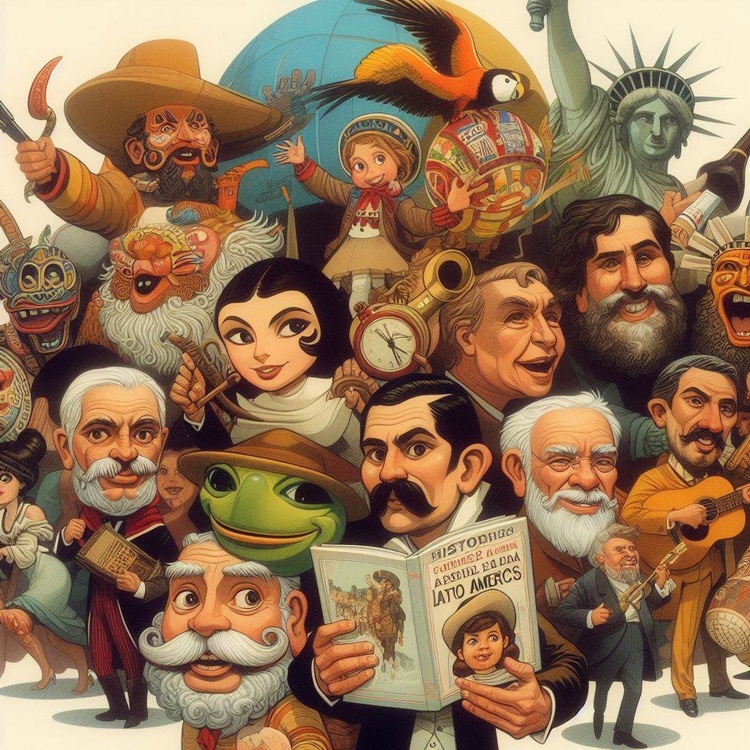
history of caricature in latin america
A Sharpened Lens Through Time: A Look at Caricature's History in Latin America
Caricature in Latin America isn't just about amusement; it's a sharp social and political commentary etched with a long history. From colonial critique to contemporary digital activism, let's explore how caricature has evolved as a powerful tool in the region.
Early Seeds: Caricature as Social Commentary
The roots of Latin American caricature can be traced back to the colonial era. Even then, artists weren't afraid to use exaggeration to mock the elite and illuminate the struggles of the underclass. These early examples, often found on flyers and broadsides, laid the groundwork for a tradition of social critique that continues to this day.
The 19th Century: Political Punch and National Identity
The 19th century saw a boom in caricature in Latin America. With the rise of independent nations, caricature became a weapon wielded against political figures. Think bulbous noses for arrogance, or overflowing bellies for corruption – these exaggerated features became instantly recognizable symbols, making political satire clear and impactful.
Beyond Critique: Celebrating Culture Through Caricature
Caricature wasn't solely a tool for criticism. It also served to celebrate cultural identity. Artists used exaggeration to depict the rich tapestry of cultures and ethnicities across Latin America. These playful portrayals, with their emphasis on regional characteristics, fostered a sense of pride and belonging.
A Fight for Expression: Facing Censorship
The history of Latin American caricature is also one of resilience. Caricaturists have often faced censorship and repression. From dictators shutting down critical publications to powerful individuals threatened by exposure, these artists have bravely used their pens to challenge authority.
The 20th and 21st Centuries: Caricature's Digital Evolution
The 20th and 21st centuries witnessed a shift in the landscape of caricature. While print media remains important, digital platforms have democratized access. Today, cartoonists can reach wider audiences than ever before, engaging in social and political discourse with greater impact.
Key Figures: Leaving Their Mark
To understand the rich tapestry of Latin American caricature, consider researching some of its iconic figures:
Mexico: José Guadalupe Posada's powerful portrayals of social injustice and the Mexican Revolution remain influential.
Brazil: Carlos Latuff is a contemporary artist known for his hard-hitting political cartoons.
Exploring Further:
Delve into online archives of historical and contemporary Latin American caricatures.
Look for exhibitions or events focused on caricature in Latin America.
By understanding caricature's historical journey, we gain a deeper appreciation for Latin America's social and political development, its vibrant cultural tapestry, and the unwavering fight for freedom of expression that continues to inspire artists today.
Latamarte

Carlos Latuff
Carlos Latuff (born 30 November 1968) is a Brazilian political cartoonist.His work deals with themes such as anti-Western sentime ...
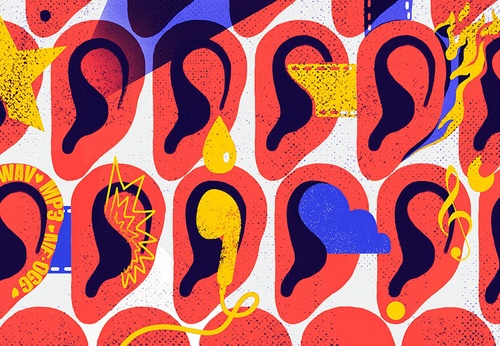
- July 18, 2025
Gallery of Illustration by Yanaisy Puentes – Cuba
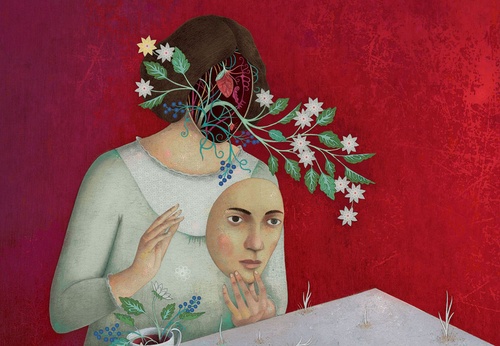
- July 18, 2025
Gallery of Illustration by Alefes Silva – Colombia
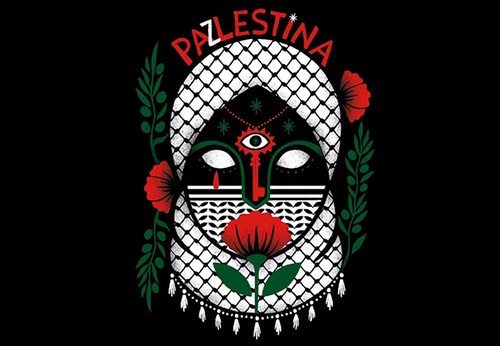
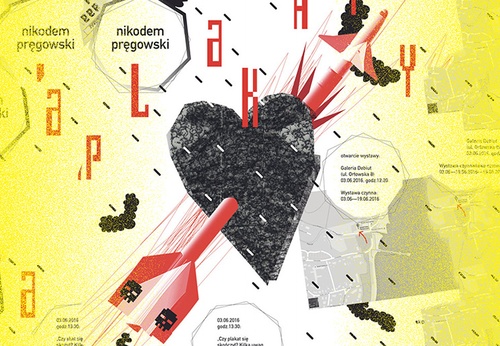



- July 18, 2025
Gallery of Graphic Works by Rodrigo Castello from Brazil
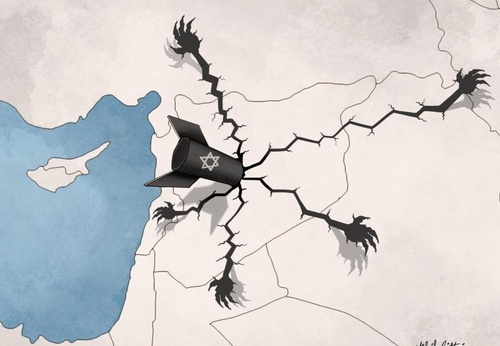
- July 17, 2025
Syria
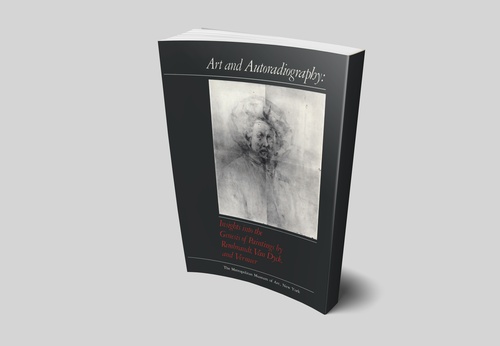

- July 16, 2025
Impact of Digital Artists on Media

- July 16, 2025
Influence of 19th-Century Styles on Mod…

- July 16, 2025
How does AI help discover creative idea…

- July 15, 2025
How does Artificial Intelligence help d…

- July 15, 2025
Differences between modern art and cont…

- July 14, 2025
Visual Techniques in Advertising Photog…

- July 14, 2025
Graphic Design and the Creation of Icon…

- July 13, 2025
Latin American painting

- July 13, 2025
Culture, art and music in Colombia

- July 10, 2025
The Evolution of Graphic Design from Ty…

- July 10, 2025
How Digital Artists Collaborate with Ar…

- July 09, 2025
The Value of Art in Education

- July 09, 2025
Art as a Reflection of Society

- July 08, 2025
The history of Bolivian art

- July 08, 2025
Protecting Art in the Age of Artificial…

- July 04, 2025
Graphic Design and Creating Iconic Bran…

- July 04, 2025
Photography as a Tool for Telling Histo…

- July 03, 2025
Painting and abstract art: differences …

- July 02, 2025
The Best Software for Digital Art and G…

- July 01, 2025
How Digital Artists Collaborate with Ar…

- August 29, 2023
The history of Bolivian art

- February 19, 2024
Analysis and meaning of Van Gogh's Star…

- January 28, 2024
Culture and Art in Argentina

- September 25, 2023
What is the importance of art in human …

- September 23, 2023
What is paint?

- August 10, 2023
14 questions and answers about the art …

- August 30, 2023
First artistic manifestations

- August 23, 2023
The 11 types of art and their meanings

- September 23, 2023
History of painting

- January 12, 2024
10 most beautiful statues and sculpture…

- September 23, 2023
Painting characteristics

- August 16, 2023
The 15 greatest painters in art history

- April 06, 2024
History of visual arts in Ecuador

- March 26, 2024
The importance of technology in art1

- January 31, 2024
Examples of Street Art – Urban Art

- March 26, 2024
Cultural identity and its impact on art…

- January 20, 2024
What is the relationship between art an…

- April 07, 2024
Graffiti in Latin American culture

- August 25, 2024
A Comprehensive Analysis of the Cartoon…

- October 21, 2023
Contemporary art after the Second World…

- February 19, 2024
Analysis and meaning of Van Gogh's Star…

- August 13, 2023
9 Latino painters and their great contr…

- August 10, 2023
14 questions and answers about the art …

- August 29, 2023
The history of Bolivian art

- January 28, 2024
Culture and Art in Argentina

- August 23, 2023
The 11 types of art and their meanings

- November 06, 2023
5 Latin American artists and their works

- August 27, 2023
15 main works of Van Gogh

- September 23, 2023
Painting characteristics

- September 23, 2023
What is paint?

- September 25, 2023
What is the importance of art in human …

- December 18, 2023
10 iconic works by Oscar Niemeyer, geni…

- August 30, 2023
First artistic manifestations

- March 26, 2024
Cultural identity and its impact on art…

- January 20, 2024
What is the relationship between art an…

- January 12, 2024
10 most beautiful statues and sculpture…

- October 30, 2023
Characteristics of Contemporary Art

- August 22, 2023
What are Plastic Arts?

- April 16, 2024
The most important painters of Latin Am…

- August 24, 2023


